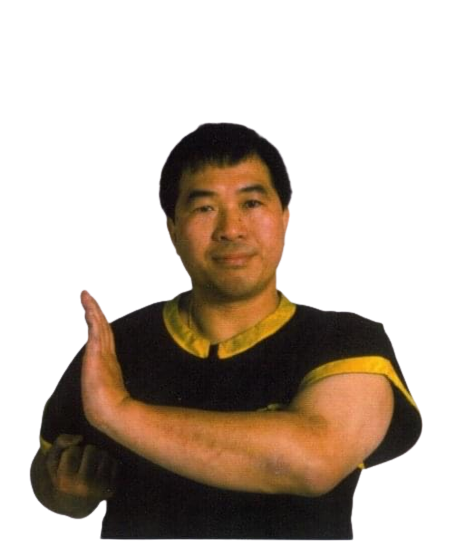Wing Chun Kung Fu: A Comprehensive Guide to the Art’s Techniques and Principles
By Maurice Novoa a master under the Yuen Kay Shan, Ip Man and Pan Nam lineages.
Introduction:
Wing Chun Kung Fu is a traditional Chinese martial art with a rich history and a practical approach to combat. Developed over centuries, the style has become renowned for its effectiveness, emphasizing close-range combat, quick strikes, and efficient use of energy. This comprehensive guide provides an in-depth exploration of the techniques and principles, shedding light on its training methods, philosophy, and real-world application.
1. Understanding the Core Principles of Wing Chun:
Wing Chun is built upon a set of core principles that serve as the guiding principles for the art. Centerline theory, one of the fundamental concepts, focuses on maintaining control of the central line, the most direct path between you and your opponent. Simultaneous attack and defense involve executing offensive techniques while simultaneously defending against incoming attacks. Economy of motion emphasizes efficiency and minimizing unnecessary movements to conserve energy. Finally, Wing Chun places great emphasis on being relaxed both physically and mentally, enabling swift and fluid movements.
2. Exploring the Fundamental Techniques of Wing Chun:
The fundamental techniques are simple yet highly effective. The centerline punch, executed straight and directly along the central line, is a signature move in Wing Chun. Chain punches, a rapid series of straight punches, allow for continuous attacks with minimal telegraphing. Hand strikes, such as the palm strike and the vertical punch, provide versatile options for close-quarters combat. Kicks, although less emphasized, offer strategic options for maintaining distance and disrupting an opponent’s balance. Effective blocking techniques, like the bong sao and the tan sao, provide defensive measures while maintaining an offensive mindset.
3. The Importance of Chi Sao (Sticky Hands) Training:
Chi Sao, or Sticky Hands, is a unique training method in Wing Chun that develops sensitivity, reflexes, and coordination. Practitioners engage in controlled sparring exercises, maintaining contact with their training partner’s limbs while honing their ability to feel and react to subtle changes in energy and movement. Chi Sao training fosters a heightened sense of awareness and the ability to adapt in fast-paced situations, preparing practitioners for close-range combat scenarios where split-second reactions are essential.
4. Applied Wing Chun Techniques in Realistic Scenarios:
Wing Chun techniques are designed to be practical and effective in real-life self-defense situations. The art’s emphasis on close-range combat and simultaneous attack and defense makes it particularly useful for countering larger and stronger opponents. This section explores how the techniques can be applied in various scenarios, such as grabs, strikes, and multiple attackers. Techniques like the pak sao (slapping hand) and the lop sao (pulling hand) are valuable for redirecting an opponent’s force, creating openings for counterattacks. Footwork and positioning play crucial roles in maintaining control of the space and managing the distance during combat.
5. Training the Mind and Body in Wing Chun:
Wing Chun is not just about physical techniques; it also emphasizes the development of the mind and body. Disciplined training builds strength, endurance, and flexibility, enhancing overall physical fitness. Mental focus and concentration are honed through repetitive practice, allowing practitioners to execute techniques with precision and efficiency. Meditation and mindfulness exercises cultivate a calm and clear state of mind, enabling practitioners to stay present, make quick decisions, and adapt to changing circumstances.
Conclusion:
Wing Chun Kung Fu offers a comprehensive system of self-defense, personal development, and practical combat skills. By mastering the techniques and principles of Wing Chun, practitioners gain not only the ability to protect themselves but also a deeper understanding of body mechanics, strategy, and the underlying philosophy of martial arts. The art’s emphasis on efficiency, economy of motion, and simultaneous attack and defense makes it a valuable discipline for individuals of all ages and physical abilities. As practitioners continue to train and refine their skills, they embark on a journey of self-discovery, self-improvement, and personal growth that extends far beyond the realm of combat. Wing Chun becomes a way of life—a path that cultivates discipline, resilience, and the pursuit of excellence.

